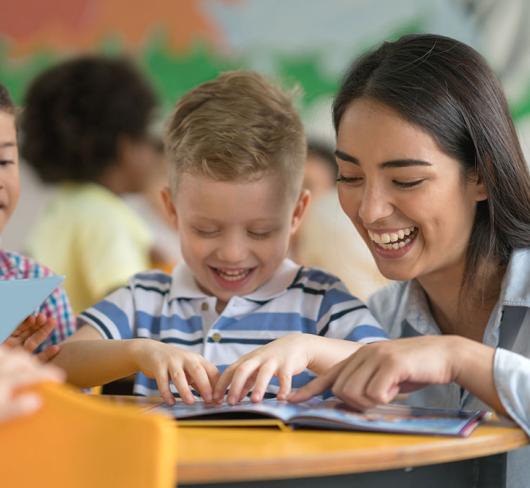Three-Part Lesson Planning: A Musical Experience (Part of Making Connections: Using the Arts to Teach Literacy)
As a classroom teacher, I was encouraged to use the “before-during-after” model in planning my reading lessons. Now as a resource consultant, I promote this model in math instruction also. Recently, I had the opportunity to see the value of the three-part lesson model from an entirely different perspective.
My life before teaching involved a lot of music, and I still occasionally find myself involved in various musical endeavours. This past June a friend and I played for children at a community event in Toronto. We had put so much effort into learning the songs for this one short concert it seemed a pity not to get more mileage out of the music; so I emailed my principals to see if any of the teachers in their schools might like a free mini-concert in their classrooms in the last week of June.
Two schools took us up on our offer and my friend and I soon found ourselves lugging our guitar and xylophone into various primary classrooms to play for throngs of overheated, summer-ready students and their (also summer-ready and overheated!) teachers. At one of these schools we played five classrooms in one morning, and it was here that my love for music and passion for instructional intelligence merged.
While all the classes we played for were appreciative, one group in particular seemed more engaged than the rest. Not only did they sing along with more songs (even the ones they had never heard before!), they also asked more detailed questions throughout the session. It was as though they had already thought about the music and the instruments before we arrived to perform for them.
As it turned out, that is exactly what had happened: their teachers had prepared them for our arrival by leading a group discussion before the concert. Topics included what to expect from the instruments and the music, and how to be a good audience.
At the end of the morning this class presented us with a booklet of thank you letters, addressed to us from our “fan club” – they had gone to the computer lab and written them while we were with the next class! All of the letters were sincere, and many were quite detailed including specifics about the songs we sang together or the instruments. Clearly the authors had been engaged during the pre-writing event.
It dawned on me then that their teachers had in fact conducted a three-part lesson! The pre-concert discussion (“before”), the concert itself (“during”) and the post-concert writing activity (“after”) based on the class’ shared experience of the performance, combined to ensure the best success for all the learners involved.
Of course the other classes also enjoyed our performance, but there is no doubt in my mind that the students involved in the more comprehensive, explicitly planned, three-part learning experience got much more out of the concert as a whole and that the experience will stay with them longer.
Seeing the success of the three-part instructional process in a real-life setting solidified for me its importance in a variety of contexts beyond the traditional reading or math lesson, and I am eager to use and observe it in all curricular and extracurricular areas of school life.

